Bring café-quality espresso home with a professional-grade espresso machine. Discover how to choose the perfect...
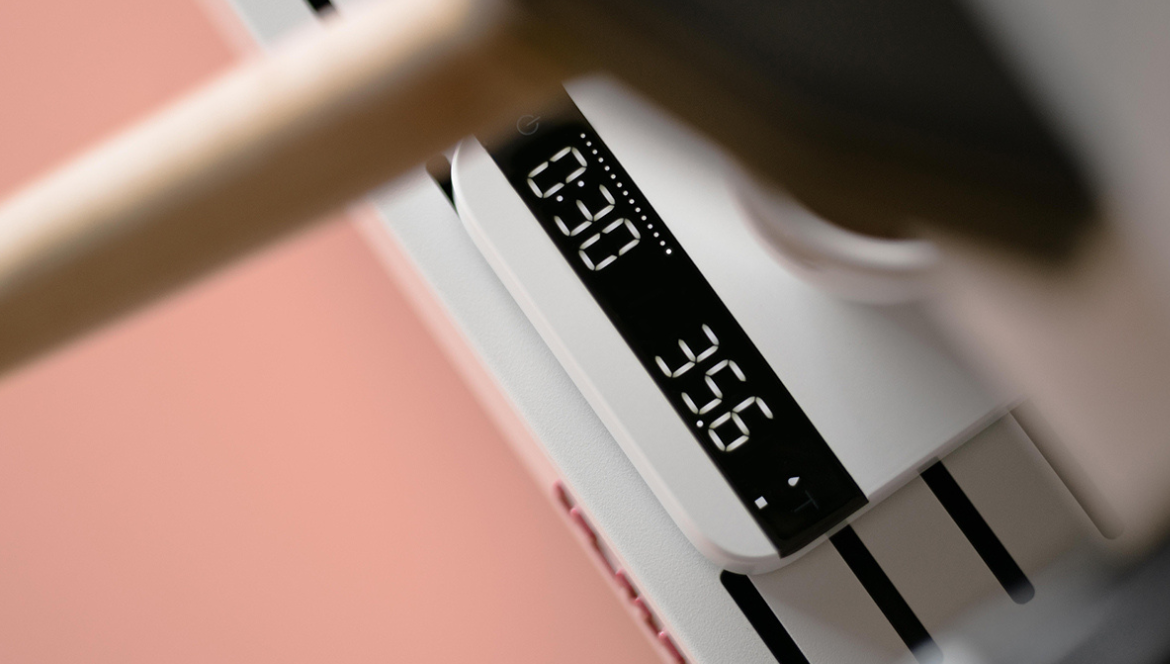
Espresso Extraction Time: The Science Behind the Perfect 25–30 Second Shot
When it comes to espresso, there’s one golden rule every barista swears by — the 25–30 second extraction time. Those few seconds are what transform finely ground coffee into a rich, aromatic shot topped with creamy, golden crema. But what makes this short window so critical? And how can you achieve it every time, whether you’re using a home espresso machine or a commercial setup?
Let’s break down the science behind the perfect espresso extraction and how timing determines flavor, aroma, and balance.
What Is Espresso Extraction Time?
Extraction time refers to how long water takes to pass through the coffee grounds under pressure — from the moment you start your espresso machine until the final drop hits the cup. For a standard shot, the ideal extraction time is 25 to 30 seconds.
During those seconds, hot water dissolves thousands of flavor compounds from the coffee grounds. The goal is to achieve balanced extraction — enough time to pull the sweet, rich oils and soluble flavors, but not so long that you extract bitterness and astringency.
The Three Stages of Espresso Extraction
Understanding what happens during extraction helps explain why timing matters so much:
- Pre-infusion (0–5 seconds): Water first wets the puck gently, saturating the grounds. This prevents channelling and ensures even extraction.
- Dissolution (6–20 seconds): Water pressure (usually around 9 bars) extracts sugars, acids, and aromatic compounds. This is where your espresso develops body and sweetness.
- Final Extraction (21–30 seconds): The oils and heavier compounds come through, contributing to crema and bitterness. If you go too long, bitterness dominates; too short, and the shot is sour and thin.
The 25–30 Second Sweet Spot
Every coffee bean, roast level, and grinder setting affects how fast or slow your espresso extracts. But as a rule of thumb:
- 25–30 seconds = balanced shot
- <20 seconds = under-extracted (sour, weak, watery)
- >35 seconds = over-extracted (bitter, burnt, harsh)
That’s why baristas spend hours dialling in their machines — adjusting grind size, dose, and tamp pressure to hit that perfect extraction window.
What Affects Espresso Extraction Time?
Several factors work together to determine your extraction time. Understanding them will help you troubleshoot and fine-tune your espresso shots.
1. Grind Size
The grind is your biggest control variable.
- Too fine, and water struggles to pass through, slowing extraction.
- Too coarse, and the water flows too quickly.
- Always use a high-quality espresso grinder such as the Eureka Mignon Specialita, Mahlkönig X54, or Eureka Atom Specialty 65, as consistency is key.
2. Dose
The amount of coffee you use (usually 18–20 grams for a double shot) directly affects timing. A higher dose increases resistance and slows down the shot.
3. Tamping Pressure
A consistent tamp (around 30 lbs of pressure) ensures even water flow through the puck. Uneven tamping leads to channelling, where water finds shortcuts, resulting in uneven extraction.
4. Water Temperature
Ideal espresso temperature ranges between 90–96°C. Too cool, and extraction slows; too hot, and bitter compounds dominate.
5. Machine Type
Your espresso machine type plays a big role:
- Semi-automatic espresso machines let you control shot time manually.
- Dual-boiler espresso machines provide stable temperature and pressure for precision.
- Commercial espresso machines like Rocket Espresso commercial machines or La Marzocco commercial machines are designed for consistent extractions even in high volume.
How to Dial In the Perfect Extraction
Here’s a simple method to find your sweet spot:
1. Start with a 1:2 ratio — 18g coffee → 36g espresso output.
2. Run your shot for 25–30 seconds.
3. Taste and adjust:
- Sour → grind finer or increase dose.
- Bitter → grind coarser or shorten shot time.
- Weak → check tamp pressure or coffee freshness.
Keep track of your recipe and results — professional baristas adjust even the smallest details daily.
Espresso Machines That Excel in Extraction Control
If you want to master extraction timing, your espresso machine should give you control over temperature, pressure, and pre-infusion. Some top options include:
- Rocket Appartamento – Ideal semi-automatic espresso machine for home baristas.
- Lelit Bianca Dual Boiler Espresso Machine – Known for precise temperature control and pressure profiling.
- Rocket Giotto Type V – Offers PID temperature stability and manual shot control.
- Mahlkönig & Eureka Grinders – Perfect pairings to fine-tune grind size for accurate extraction.
Why Extraction Time Defines Shot Quality
The beauty of espresso lies in balance — the interplay between sweetness, acidity, and bitterness.
Getting your extraction time right ensures:
- Richer aroma
- Full-bodied flavor
- Thick golden crema
- Satisfying mouthfeel
If your espresso doesn’t taste right, timing is often the first thing to check — before changing beans or machines.
Final Thoughts
Mastering espresso extraction time takes patience and precision, but it’s the foundation of becoming a true barista — whether you’re using a home espresso machine or running a professional café setup.
Remember:
- 25–30 seconds
- 1:2 brew ratio
- Fine, consistent grind
When these align, your espresso won’t just look perfect — it’ll taste perfect.
Frequently Asked Questions (FAQs)
Q1. Why is 25–30 seconds the ideal extraction time for espresso?
This range allows optimal extraction of flavors — balancing sweetness, acidity, and bitterness.
Q2. What causes my espresso shot to pull too fast?
Usually, the grind is too coarse or the tamp pressure is too light, allowing water to pass through too quickly.
Q3. What happens if my espresso shot takes too long to extract?
Over-extraction occurs, resulting in bitter, burnt, or astringent flavors.
Q4. How can I adjust extraction time on my espresso machine?
Adjust grind size, dose, or tamping pressure. A finer grind or higher dose slows extraction; coarser grind or lower dose speeds it up.
Q5. Does water temperature affect extraction time?
Yes — cooler water slows down extraction, while too-hot water speeds it up and may extract bitterness.











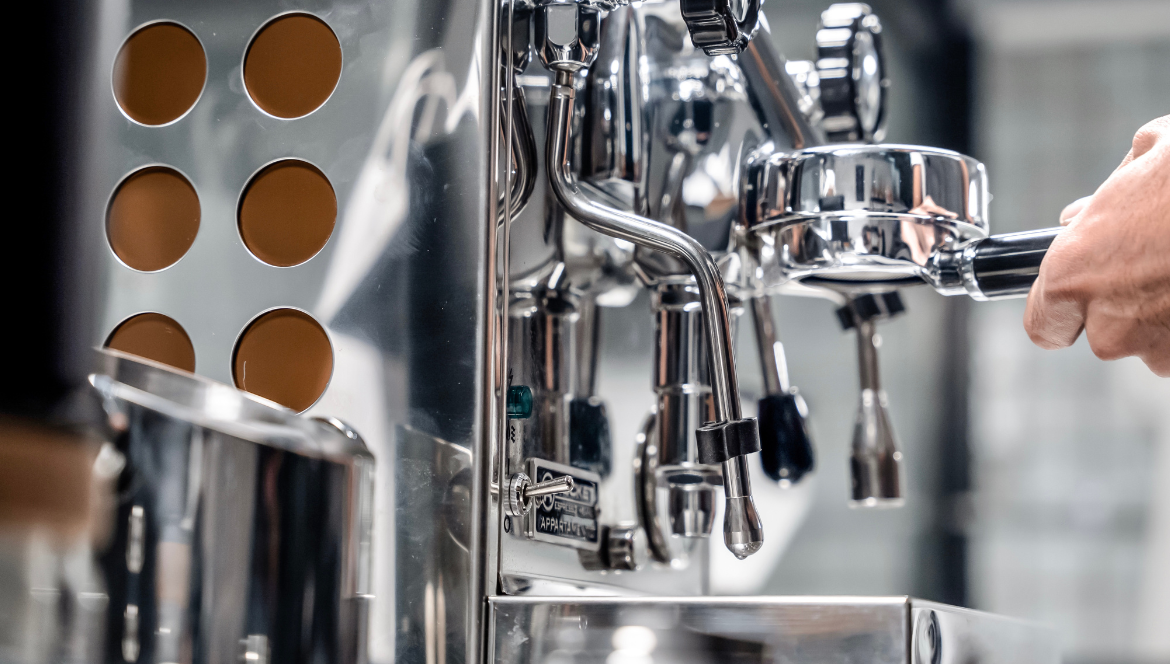
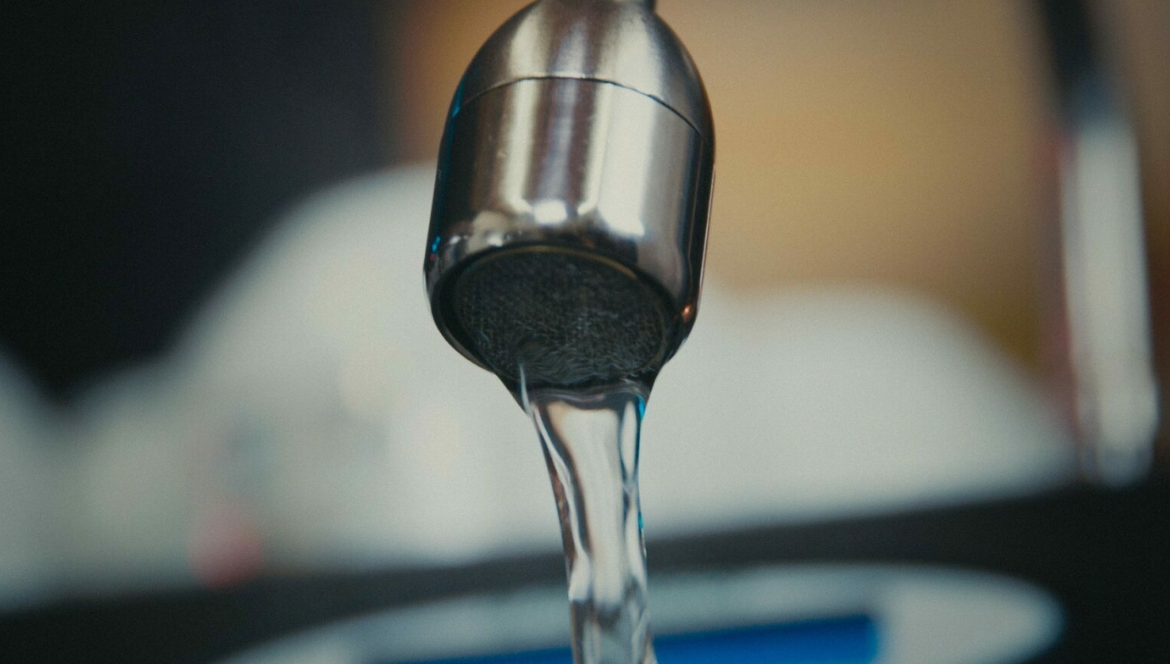
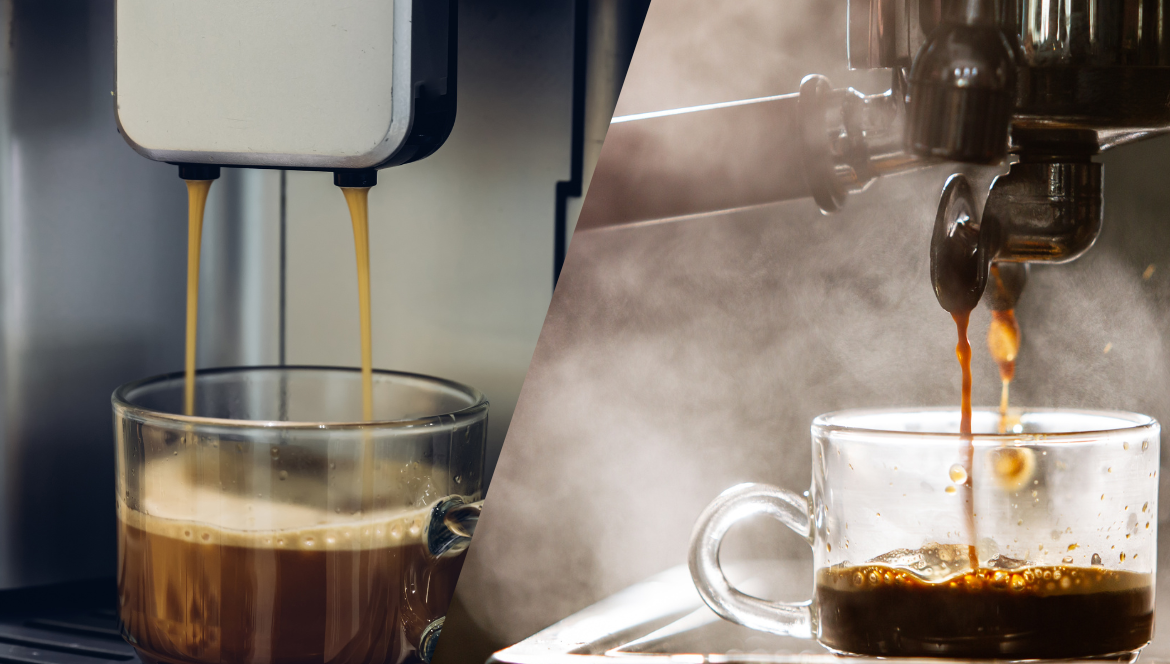
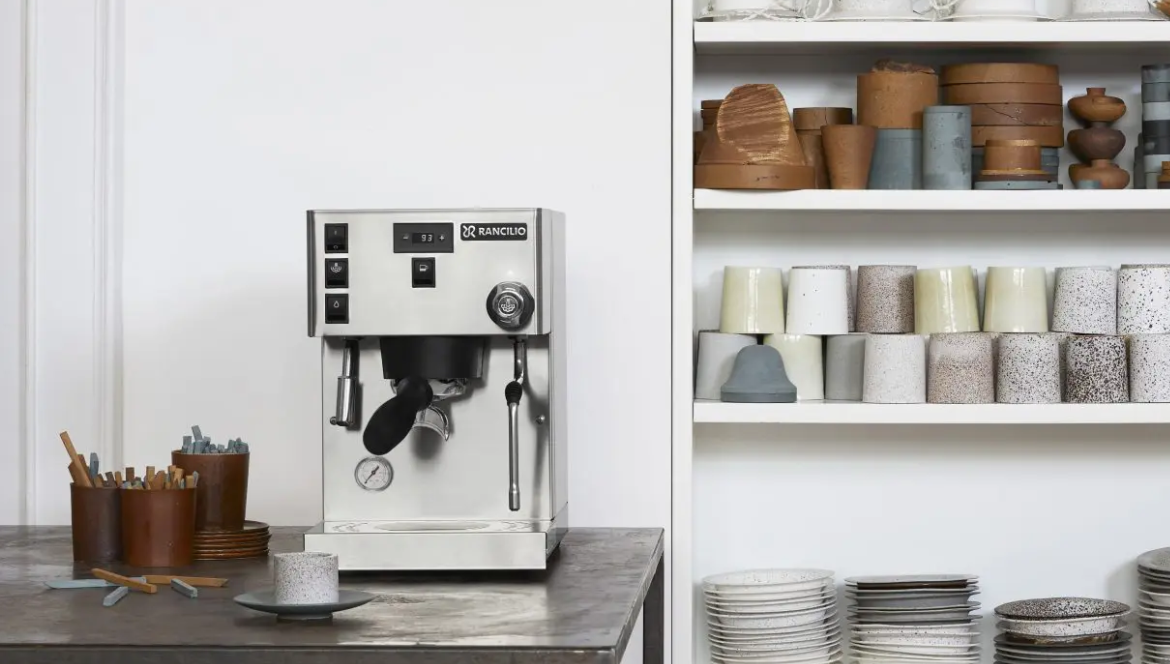
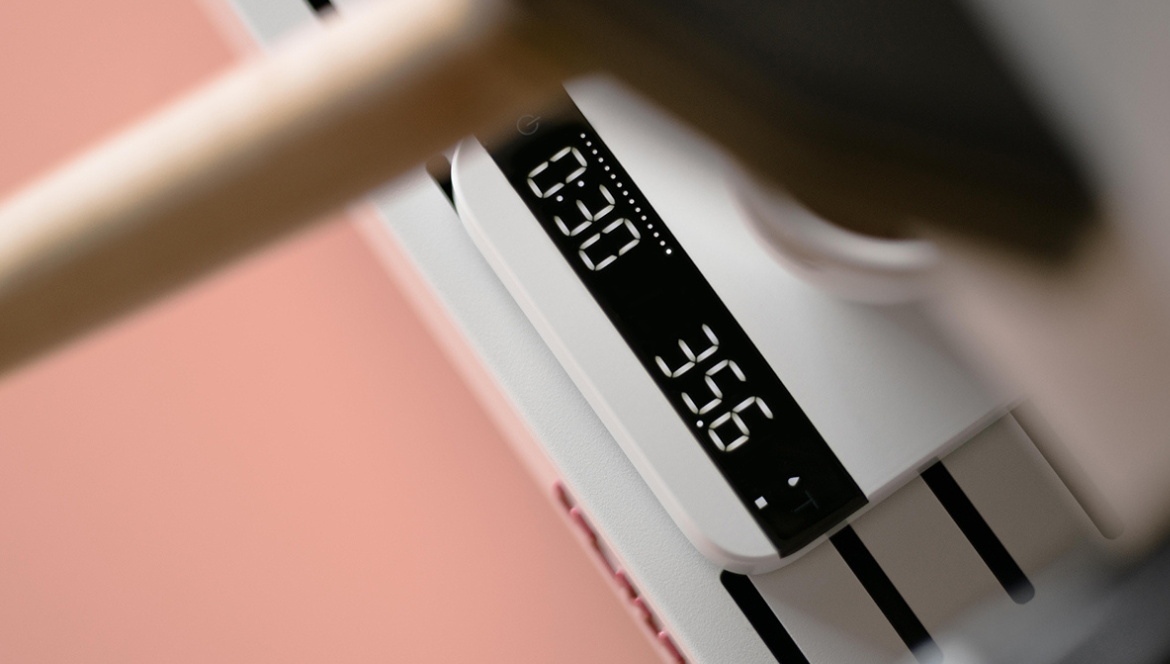
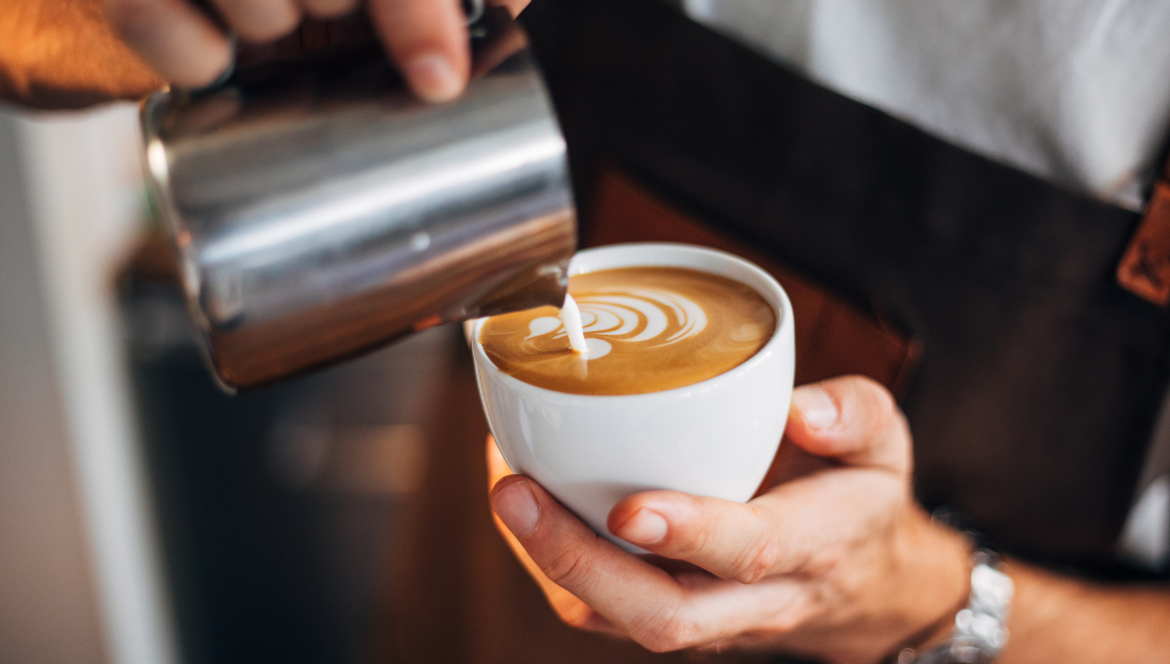
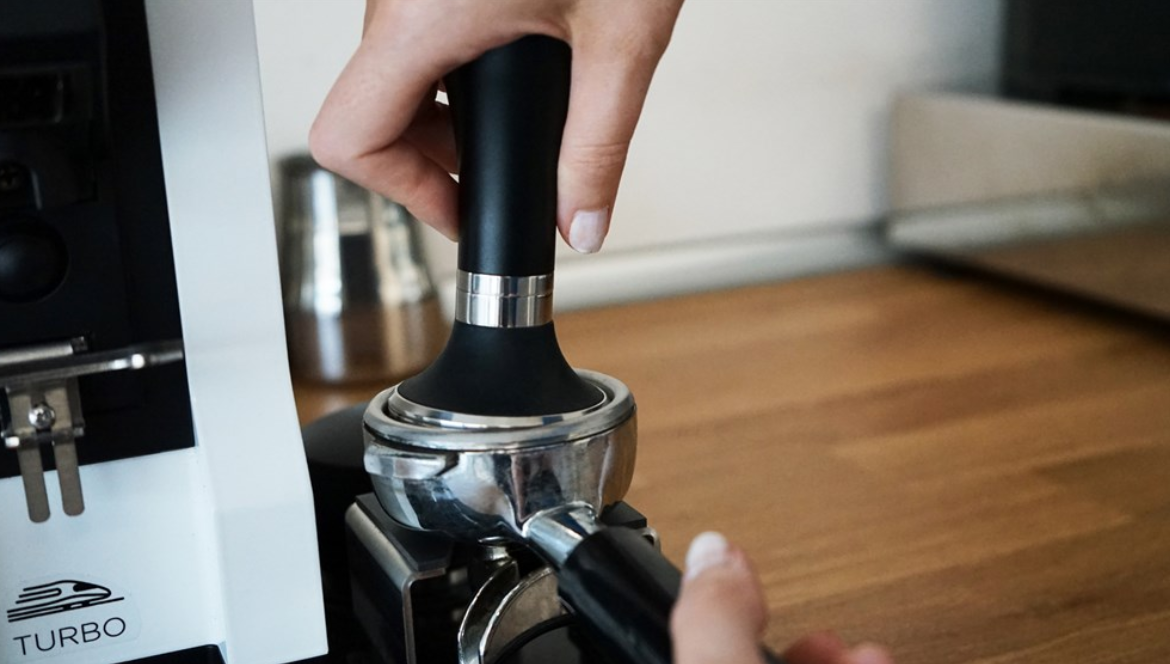
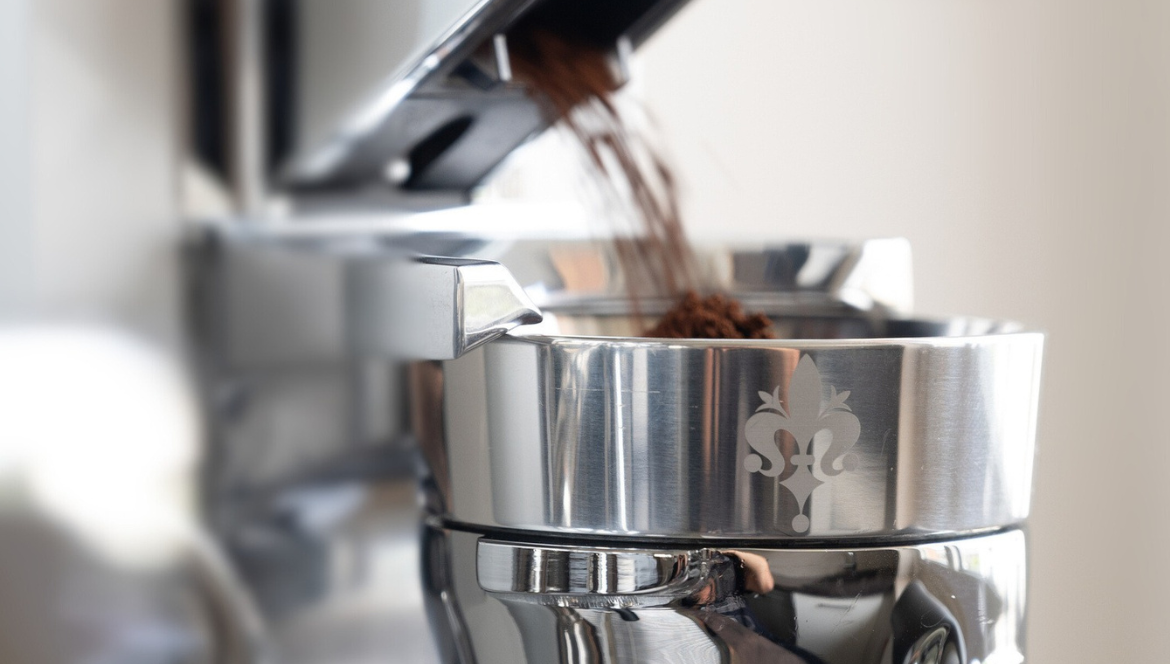
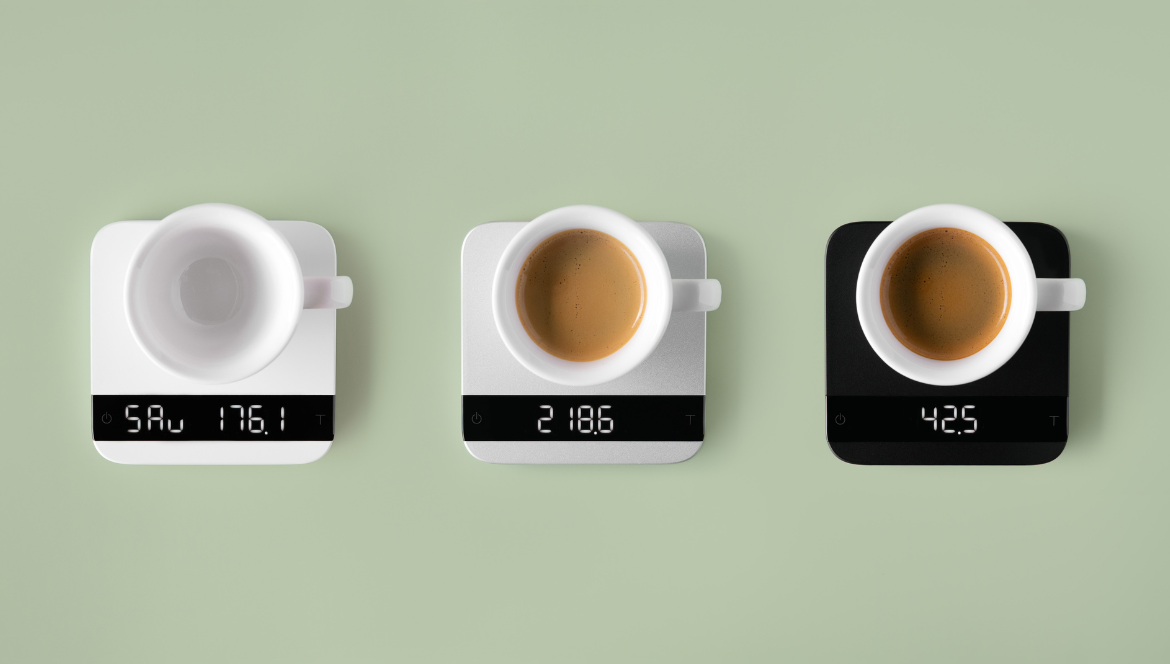
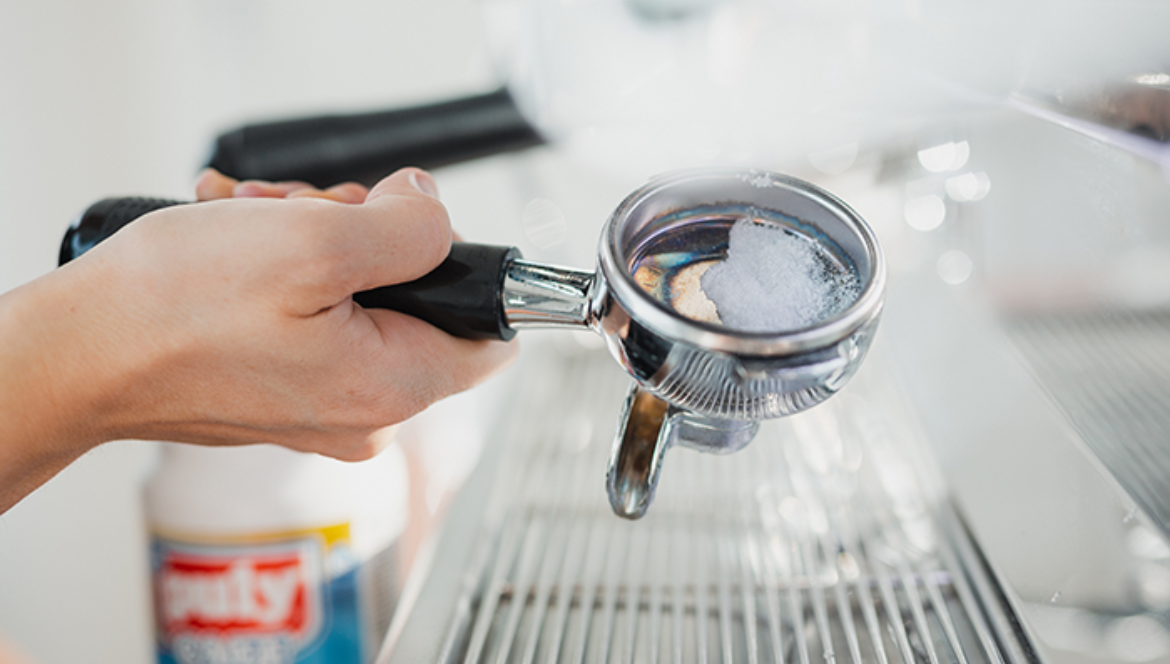
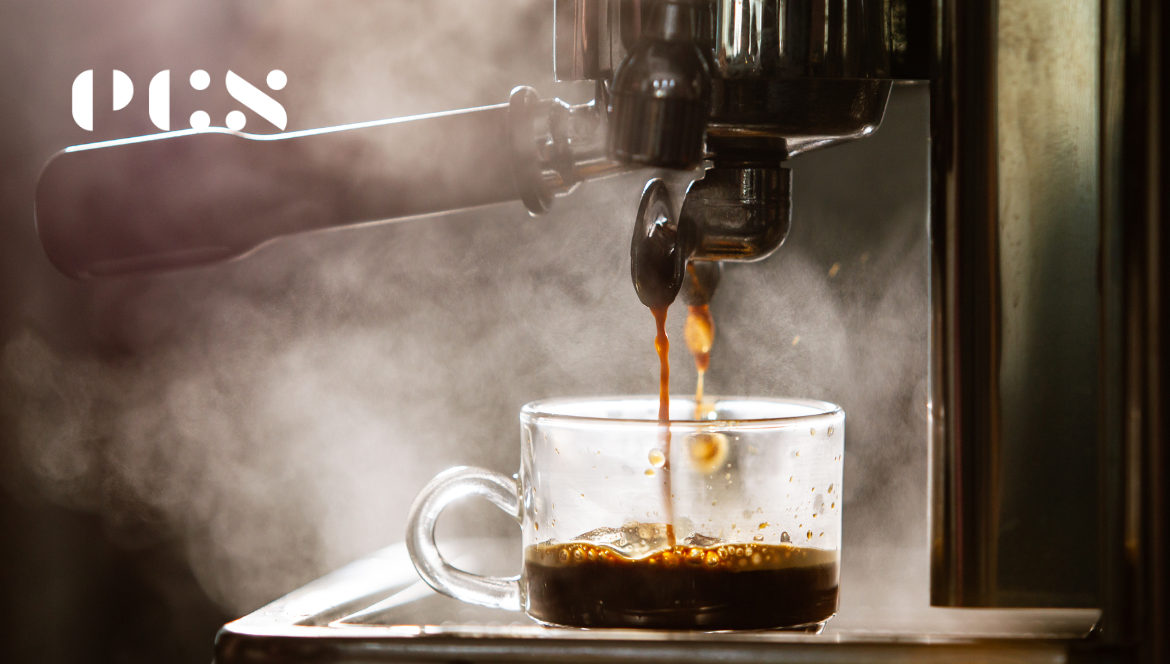
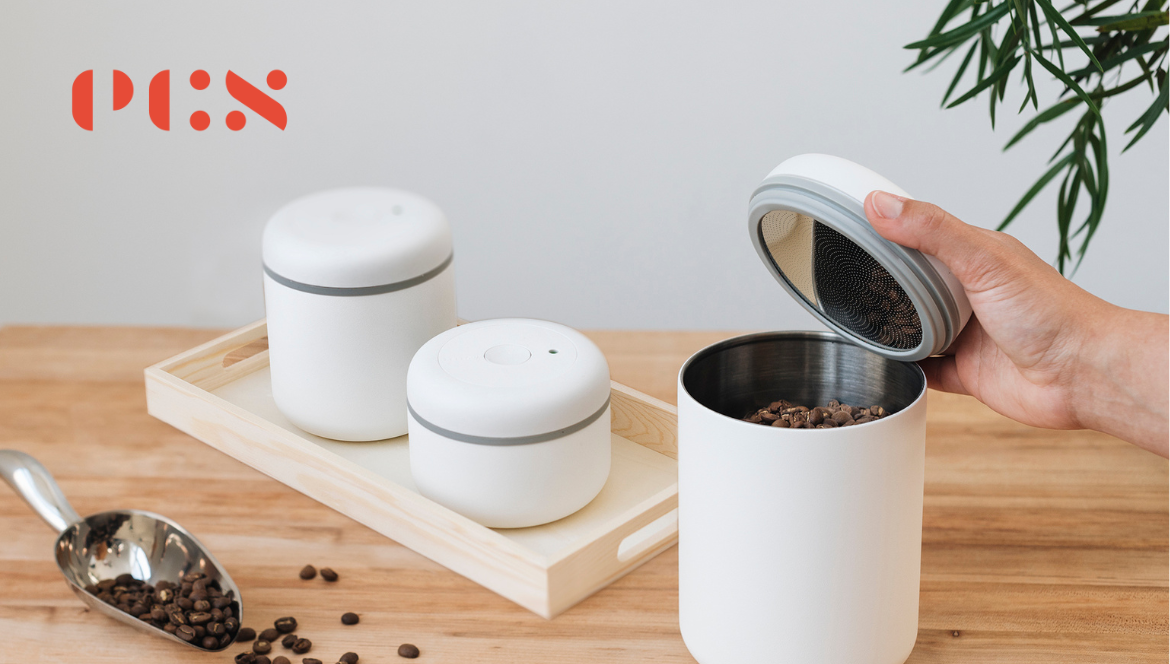
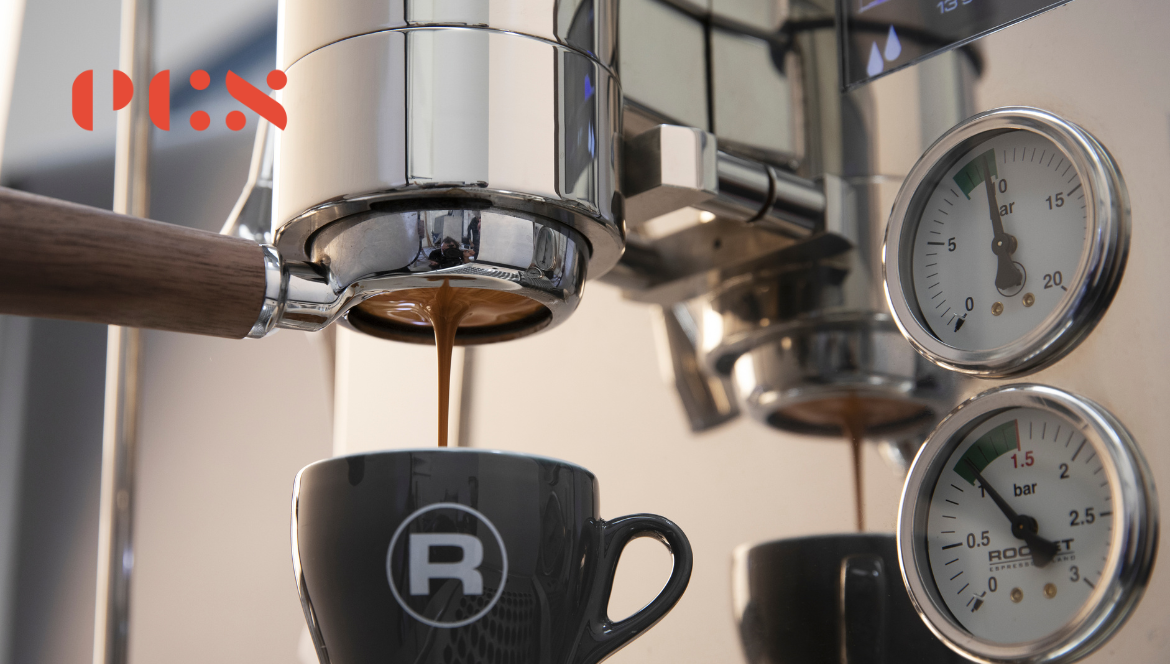
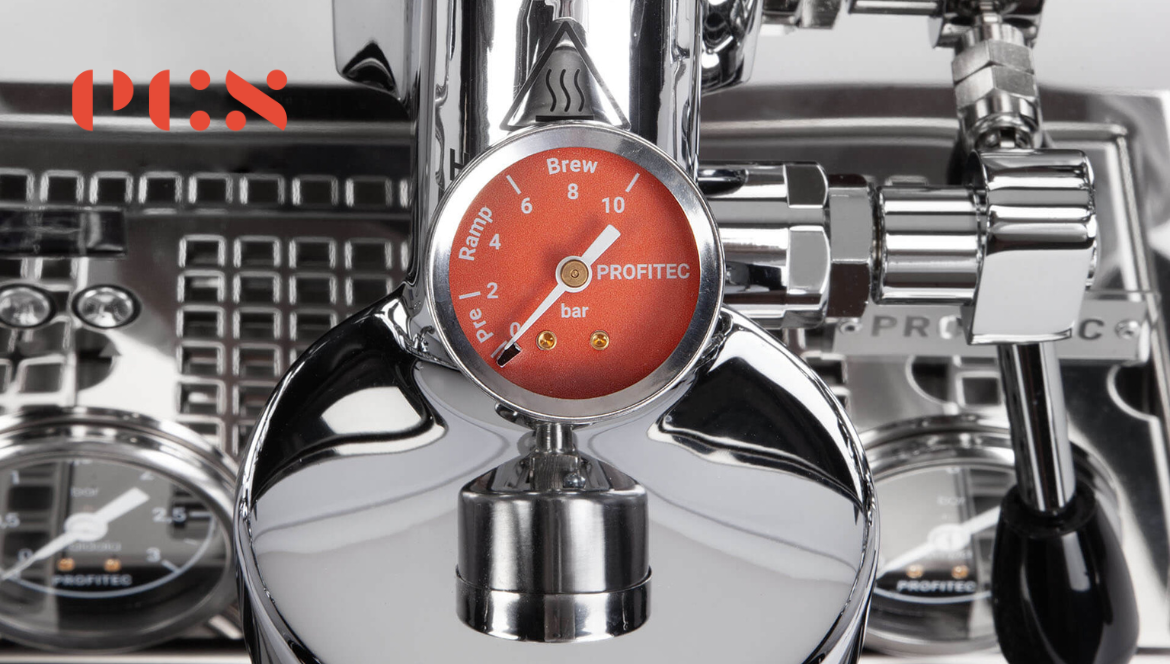
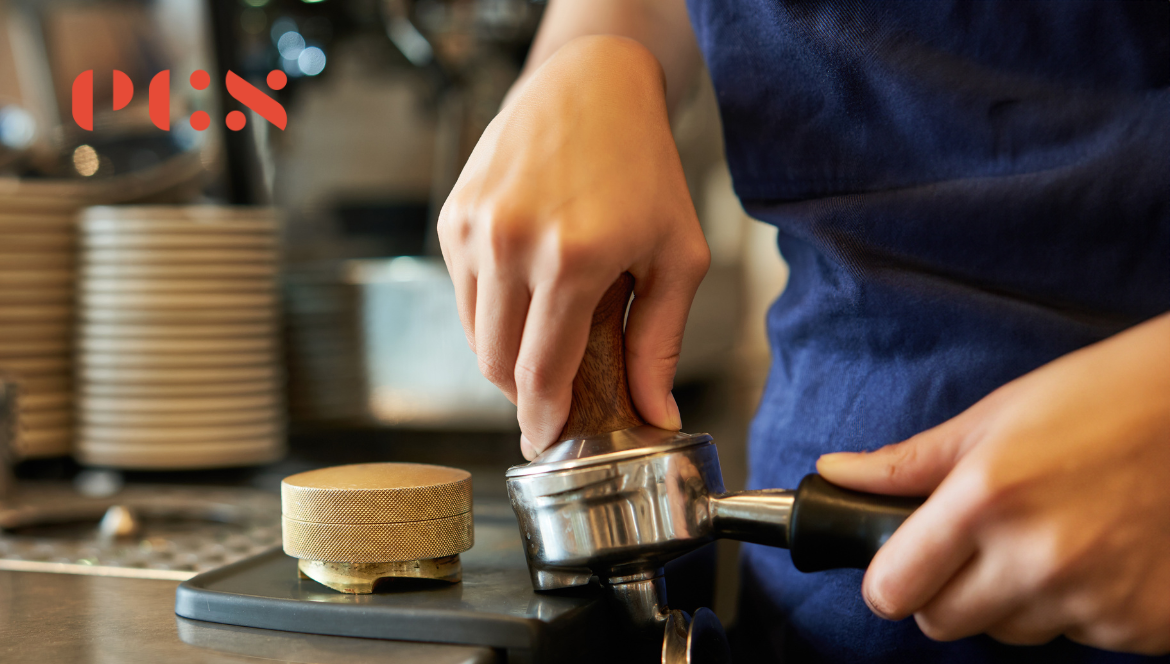
Leave a comment